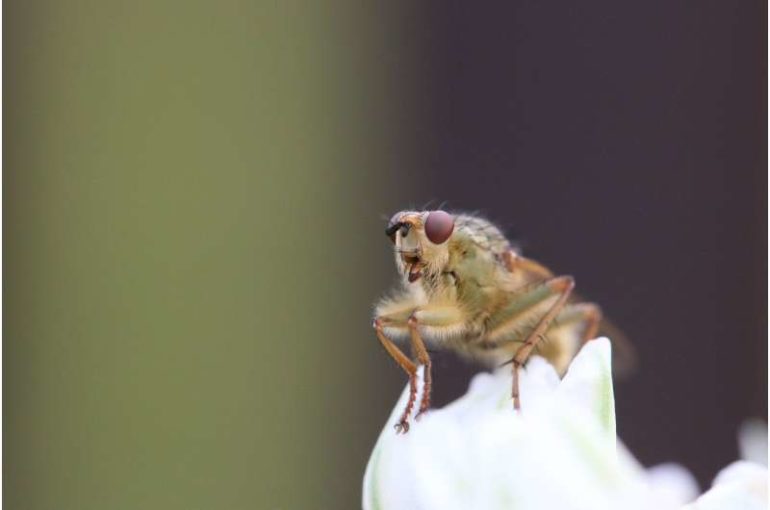Having genitals of a certain shape and size gives male flies a major reproductive advantage, new research shows.
University of Exeter scientists examined the reproductive success of male Drosophila simulans flies both alone with a female and in various states of competition with other males.
Certain genital shapes were consistently better in terms of number of offspring sired.
However—surprisingly, given how fast genital form evolves—the selection documented was rather weak.
“Male genitals generally, and in Drosophila specifically, evolve very quickly, so we were really surprised to find this weak selection,” said Professor David Hosken, of the University of Exeter.
“Selection is the major mechanism of evolution and hence where we see rapid evolution, we might reasonably expect to see relatively strong selection.
“While genitals evolve rapidly across the animal kingdom, so much so that genital form is often the only way to tell species apart, paradoxically selection on them does not appear especially strong.
“At present, it is not entirely clear how we can reconcile fast evolution with weak selection.”
The study examined the effect of male genital form on reproduction after mating both with and without rival males present.
In trials when rival males were present, the impact of mating both before and after a rival was measured.
Future research will investigate possible ways to resolve the apparent paradox of fast evolution and weak selection, including potential for a permissive genetic architecture to efficiently translate any selection into rapid evolution.
Too much sex causes genitals to change shape, beetle study shows
More information:
Clarissa House et al, Sexual selection on the genital lobes of male Drosophila simulans, Evolution (2021). DOI: 10.1111/evo.14158
Provided by
University of Exeter
Citation:
Genital shape key to male flies’ sexual success (2021, January 15)
retrieved 16 January 2021
from https://phys.org/news/2021-01-genital-key-male-flies-sexual.html
This document is subject to copyright. Apart from any fair dealing for the purpose of private study or research, no
part may be reproduced without the written permission. The content is provided for information purposes only.



